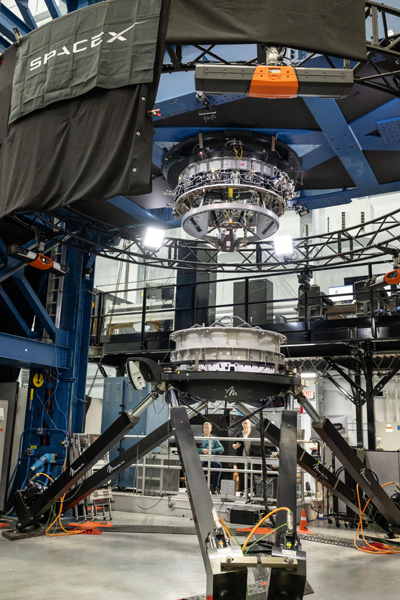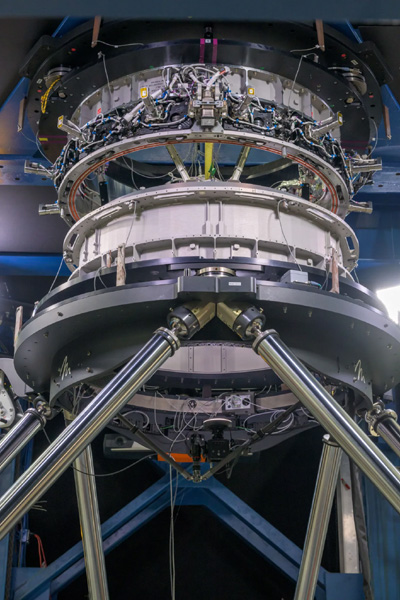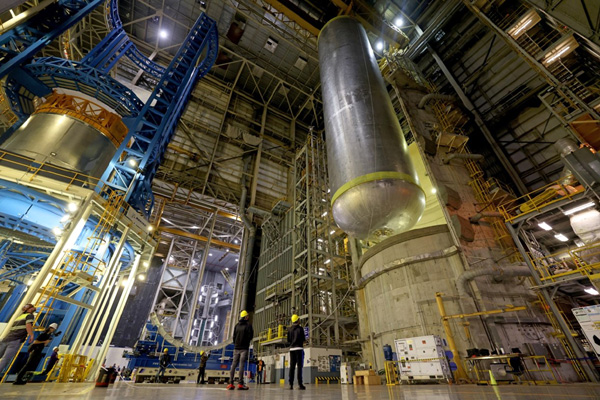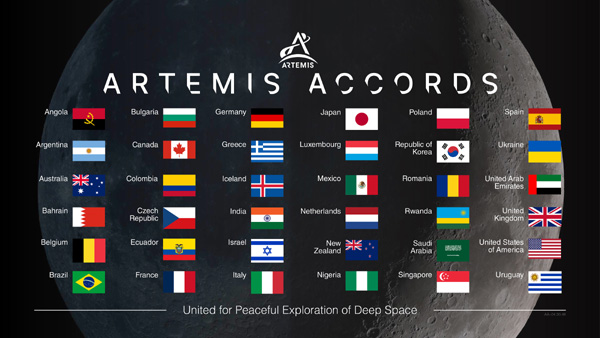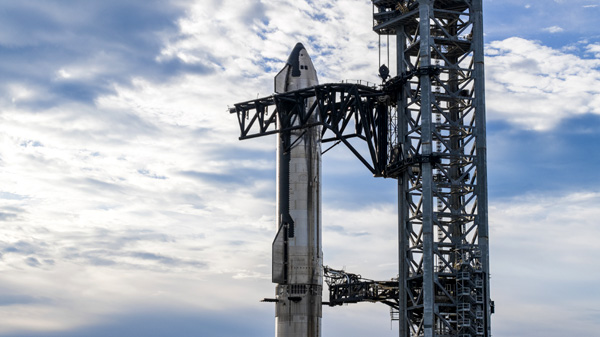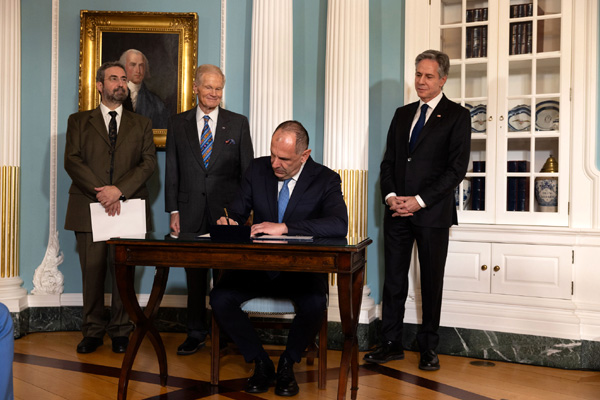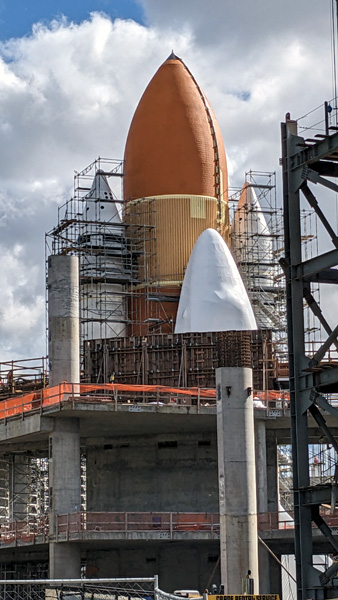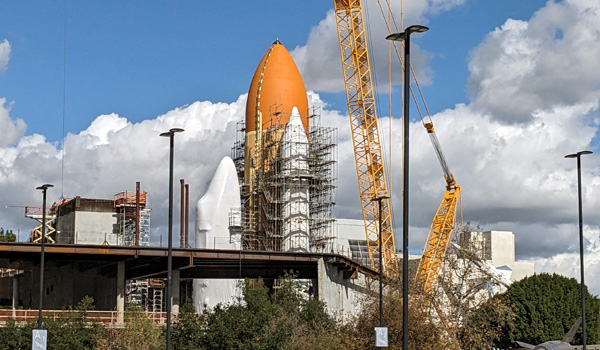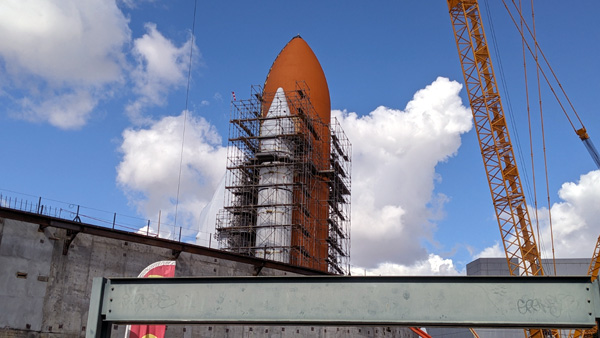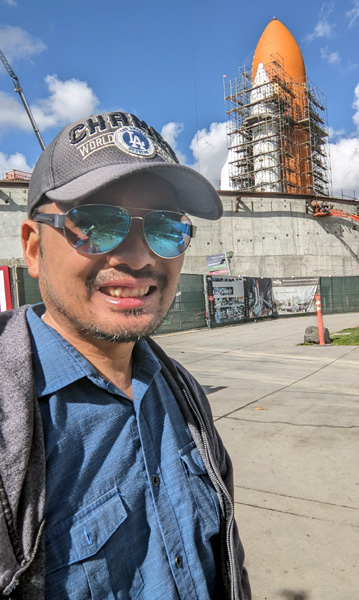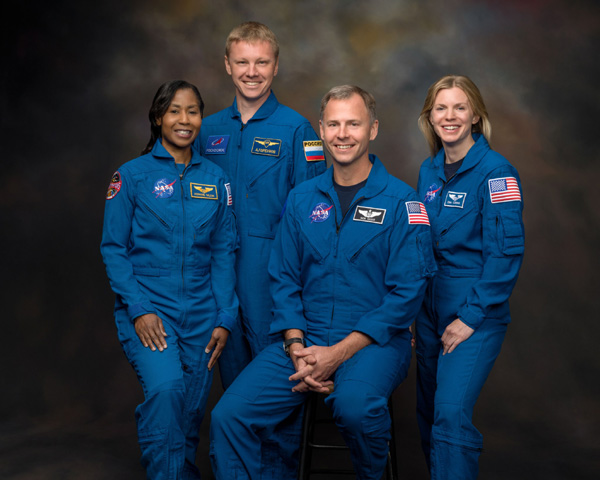
NASA / Bill Stafford
NASA Signs Agreement with Nikon to Develop Lunar Artemis Camera (News Release)
When NASA sends astronauts to the South Pole region of the Moon for the first time with its Artemis campaign, they will capture photos with a handheld camera to help advance scientific research and discovery for the benefit of all. NASA and Nikon Inc. recently signed a Space Act Agreement that outlines how they will work together to develop a handheld camera that can operate in the harsh lunar environment for use beginning with Artemis III.
Photographing the lunar South Pole region requires a modern camera with specialized capabilities to manage the extreme lighting conditions and temperatures unique to the area. The agreement enables NASA to have a space-rated camera ready for use on the lunar surface without needing to develop one from scratch.
Prior to the agreement, NASA performed initial testing on a standard Nikon Z 9 camera to determine the specifications that a camera would need to operate on the lunar surface. With the agreement in place, teams at NASA’s Marshall Space Flight Center in Huntsville, Alabama, along with Nikon, have started working to implement the necessary adjustments and develop the HULC (Handheld Universal Lunar Camera), the agency’s next-generation camera that astronauts will use on the Moon.
The resulting design consists of a modified Nikon Z 9 camera and Nikkor lenses, NASA’s thermal blanket, which will protect the camera from dust and extreme temperatures, and a custom grip with modified buttons developed by NASA engineers for easier handling by suited crewmembers wearing thick gloves during a moonwalk. In addition, the camera will incorporate the latest imagery technology and have modified electrical components to minimize issues caused by radiation, ensuring that the camera operates as intended on the Moon.
The camera will be the first mirrorless handheld camera used on the Moon, designed for capturing imagery in low-light environments. Prior to Artemis missions, the camera will be used at the International Space Station to demonstrate its capabilities.
For over 50 years, NASA has used a variety of cameras in space, including the cameras that crewmembers currently use at the International Space Station to take photos of science experiments, day-to-day operations, and during spacewalks while they orbit about 250 miles above Earth.
During the Apollo program, crewmembers took over 18,000 photos using modified large-format, handheld cameras. However, those cameras didn’t have viewfinders, so astronauts were trained to aim the camera from chest-level where it attached to the front of the spacesuit.
In addition, Apollo crewmembers had to use separate cameras for photos and video. The new lunar camera will have a viewfinder and video capabilities to capture both still imagery and video on a single device.
To ensure camera performance on the lunar surface, NASA has begun thermal, vacuum and radiation testing on the lunar camera to see how it behaves in a space-like environment. Suited NASA crewmembers have used the camera to capture imagery of geology tasks during simulated moonwalks in Arizona, and an international crew of astronauts from NASA, ESA (European Space Agency) and JAXA (Japan Aerospace Exploration Agency) used it during geology training in Lanzarote, Spain.
NASA crewmembers will use the camera during the Joint Extravehicular Activity and Human Surface Mobility Test Team Field Test #5, an upcoming analog mission in Arizona where teams will conduct simulated moonwalks in the desert to practice lunar operations.
Through NASA’s Artemis campaign, the agency will land the first woman, first person of color, and first international partner astronaut on the surface of the Moon, paving the way for a long-term lunar presence and serving as a steppingstone to send the first astronauts to Mars.
Source: NASA.Gov
****

European Space Agency / A. Romero

Richard T. Par

